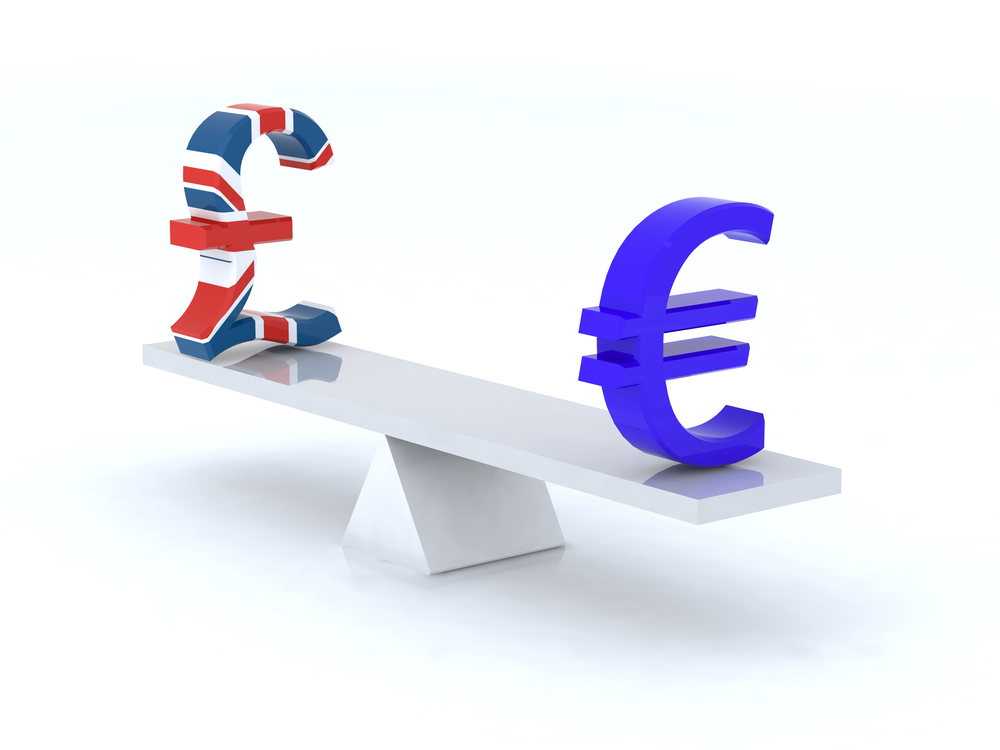What is the Exchange Rates
Published on 2016-03-07 | 8741 Views
An exchange rate (or the nominal exchange rate) represents the relative price of two currencies. For example, the dollar–euro exchange rate implies the relative price of the euro in terms of dollars. If the dollar–euro exchange rate is $0.95, it means that you need $0.95 to buy €1. Therefore, the exchange rate states how many units of one currency you need to buy one unit of another currency.
The consumption basket of a country includes goods and services that are bought or consumed by the average person in this country. Basically, think about the content of your shopping cart when you go grocery shopping, such as milk, bread, eggs, and so on.
Other types of exchange rates also exist, including the real and effective exchange rates. The real exchange rate, for example, uses the nominal exchange rate and the ratio of the prices of two countries’ consumption baskets in respective currencies. In this case, the real exchange rate compares the price of two consumption baskets in a common currency.
Therefore, unlike the nominal exchange rate, which only implies the exchange of currencies, the real exchange rate compares the price of two countries’ consumption baskets. The effective real exchange rate considers the comparison of the price of the home consumption basket to that of the weighted-average price of the most important trade partners of the home country.
What do you say when the exchange rate changes?
Using the proper terminology is important when referring to a change in the exchange rate. It’s true that this terminology relates to the exchange rate regime in question. You can think of a floating (or flexible) regime and apegged regime. In a floating exchange rate regime, mostly market forces determine exchange rates — in other words, the sale and purchase of the relevant currencies affect exchange rates.
Ignore the nuances among the pegged exchange rate regimes for now and assume that, for the most part, governments set the exchange rate in pegged exchange rate regimes.
An exchange rate regime implies whether or how a country decides to manage its currency with respect to other currencies. In a flexible exchange rate regime, the country leaves the determination of its currency’s price mostly to international foreign exchange markets. Alternatively, a country may decide to exercise varying degrees of control over the exchange rates involving its currency.
Appreciation and revaluation have the same meaning: The value of one currency increases against the other. But these terms are used for the floating and pegged exchange rate regimes, respectively. For example, both the dollar and the euro are floating currencies.
If the dollar–euro exchange rate decreases from $0.95 to $0.85, it implies appreciation of the dollar. If China decreases the yuan–dollar exchange rate from CNY6.23 to CNY6.02, it’s revaluation because China pegs its currency. In both cases, you need less of the domestic currency to buy one unit of the foreign currency.
Depreciation and devaluation also have the same meaning: The value of one currency decreases against the other. Again, these terms are used for the floating and pegged exchange rate regimes, respectively. If the dollar–euro exchange rate increases from $0.95 to $1.05, it implies depreciation of the dollar.
If China increases the yuan–dollar exchange rate from CNY6.23 to CNY6.35, it’s devaluation. In both cases, you need more of the domestic currency to buy one unit of the foreign currency.
Who cares about exchange rates?
First, various multinational firms care about the changes in exchange rates. Some domestic firms export to or import from other countries. Some firms have licensing and franchising agreements with foreign firms. Some have production facilities in foreign countries, with or without local partners.
The important point about international business is that these firms have account payables or receivables in foreign currencies. A change in the exchange rate makes their payables or receivables in domestic currency smaller or larger in terms of their home currency.
Multinational companies cannot ignore the changes in exchange rates, but as an investor, you can, if you want to. You may not follow the changes in exchange rates if your portfolio consists of domestic equity and debt securities.
But if you have foreign assets in your portfolio or you’re a speculator trying to make a profit by buying currency low and selling high, you’ll be very interested in which direction and how much exchange rates change.
Courtesy By : Mr. Ayse Evrensel from International Finance for DummiesBack to Remittance Guide
